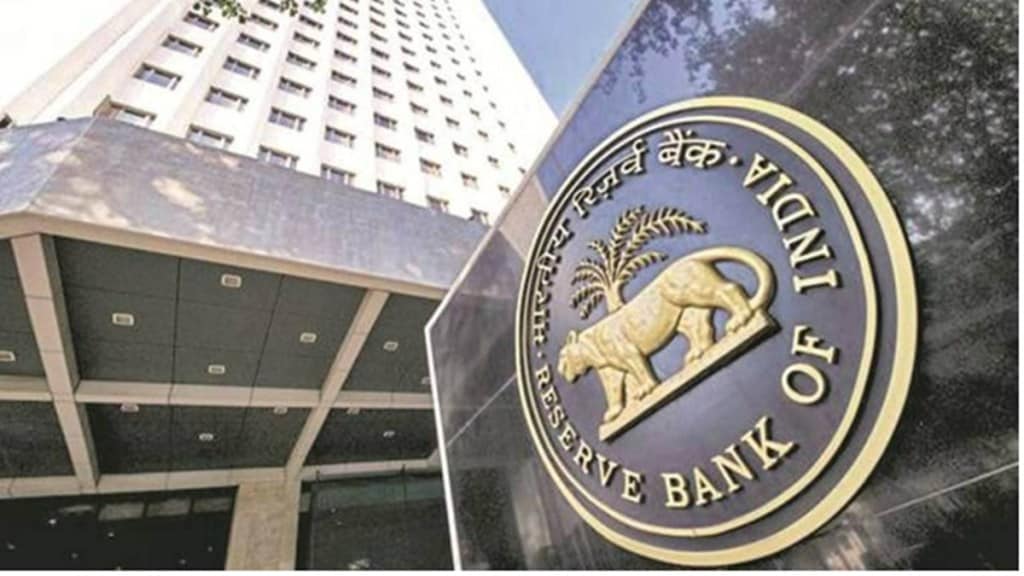Non-banking financial companies (NBFC) need to be wary of the rising interest rate cycle and lingering uncertainties due to global shocks, the Reserve Bank of India (RBI) said in a report on Tuesday. The central bank’s views come at a time when analysts expect borrowing costs of these shadow lenders to rise, with banks increasing their lending rate in line with the monetary policy rate.
Broadly, ICRA expects NBFCs’ costs of funds to rise by 50-60 bps going ahead. In fact, their incremental borrowings have risen by 100-150 bps since April. In fact, bank loans to NBFCs rose 38% year-on-year in October, the latest RBI data showed.
Borrowings from banks and the corporate bond markets constituted 75% of total NBFC borrowings in 2021-22.
In addition to the threat of rising interest rates, NBFCs face intense competition from banks, particularly in segments that were NBFC strongholds such as vehicle and gold loans, the report titled ‘Trend and Progress of Banking in India 2021-22’ said.
“In recent years, banks had ceded ground to NBFCs in the vehicle loan space. This reversed in 2021-22 (April-March), with the share of banks surpassing that of NBFCs,” the report said. The share of vehicle and auto loans fell to 40% of NBFCS’ loan portfolio as on March 31, from 45% a year ago. The share of NBFCs in the gold loan segment fell to 61.2% as on March 31 from 69.4% a year ago.
“…the relaxation in loan-to-value requirements given to banks gave a fillip to their gold loan business during the pandemic period,” the report said. “Subsequently, unwinding of the relaxation restored the competitive edge of NBFCs during 2021-22 with a modest improvement in their share (loan portfolio).”
In 2021-22, banks outdid NBFCs in terms of loans to industry, a segment that has traditionally been an NBFC stronghold. Banks also fared better on loans to the retail segment.
On the other hand, the growth in NBFC loans to the services and agriculture and allied activities segment rose nearly 34% and nearly 22%, respectively. Bank loans to these segments rose nearly 10% and 15%, respectively.’
NBFCs saw an improvement in the asset quality in 2022-23 due to improved business conditions, deferment of NPA upgradation norms by the RBI, better loan recovery and lower fresh bad loan accretions. The gross NPA ratio of NBFCs fell to 5.8% as on March 31, from 6% a year ago. The provision coverage ratio improved to 60.7% as on March 31 from 56.7% a year ago.
Going ahead, non-bank lenders need to strengthen their oversight of outsourced activities to prevent undue harassment of their customers by third party applications even as RBI has been proactive in addressing the issue and provided regulatory guidance.


